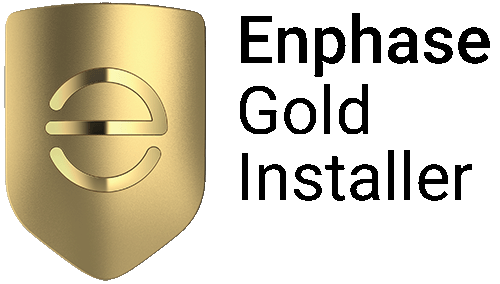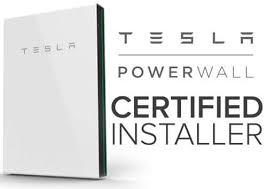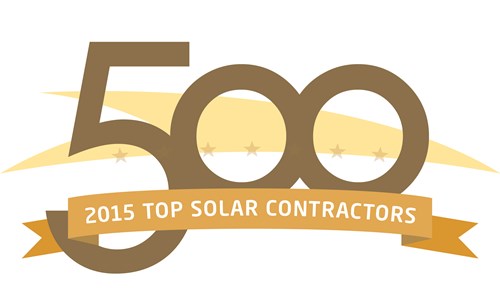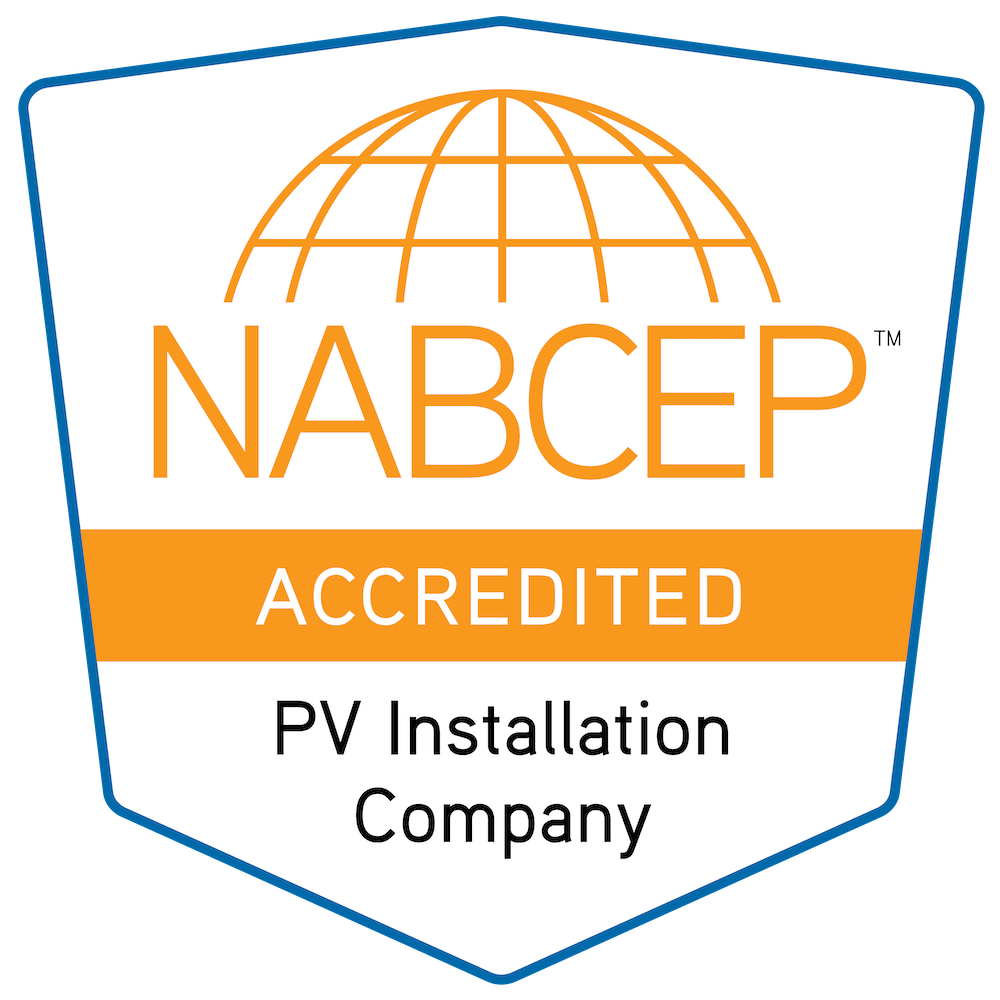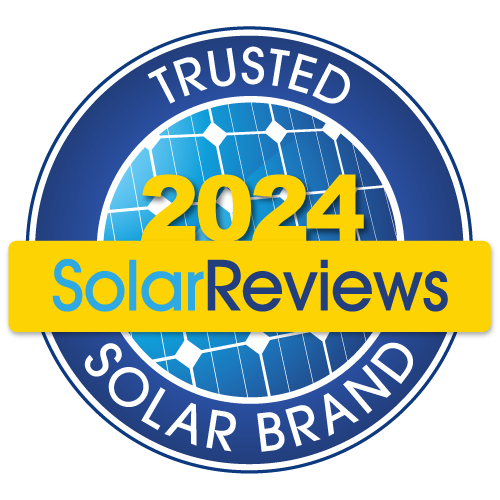Perhaps even before French physicist Edmond Becquerel discovered the photovoltaic effect with the first solar cell in 1839, the human race has attempted to harness the power of the sun. Many others built upon and improved solar technologies, so now individuals can have solar power systems that are reliable, efficient, cost-effective and environmentally friendly.
“We had a great experience using A1A, and we highly recommend them to others. They are very professional and knowledgeable, and very open to educating me about the product.” — FL Residential Customer, June 2012
Today, A1A Solar Contracting designs and installs solar power plants all over north and central Florida, allowing our customers to turn sunshine into usable electricity. Here’s a basic overview on how solar electric (photovoltaic) power technology works for both homes and businesses:
- Free Sunshine
The Sun is an abundant energy source that showers the Earth with an immense amount of solar radiation every day. When the photons in sunshine hit crystalline photovoltaic cells (as part of a solar panel), DC electricity is generated. - DC/AC Inversion
This DC electricity can be inverted to household AC power (usually operating in parallel with utility power, being grid- interconnected or “grid-tied”) so a building’s power needs are always met and completely seamless between the solar and utility, day or night. - Net-Zero
As a home or business will use an average number of kilowatt-hours per day, installing enough solar panels to harvest this same average amount will make the building net-zero. This is an ideal goal where you have all the reliability of being connected to a grid while offsetting your entire energy usage.
What is Net-Zero?
In a net-zero home, the meter will spin backwards as much as forwards in a typical 12-month period. In months where more electricity is consumed than harvested from the sun, the customer pays the utility company for the difference. In months where more electricity is harvested than consumed, the surplus is carried forward or “banked” as a cumulative credit.
Being net-zero will typically reduce electric bills around 90% (due to utility base rate charges, taxes and government fees). Depending on electric consumption, relative to roof area available, net-zero may not be possible, but in terms of return on investment, even if only 50% of the electric consumption is provided by solar, the economics are the same as if it were net-zero.
Grid Connection or Battery Back-up
A typical grid-interconnected PV system is quite cost-effective because no energy storage (batteries) is needed, significantly reducing equipment and labor costs. Solar panels produce electric power but do not store electrical energy like a battery.
Without energy storage, a grid-interconnected system will automatically shut down in the event of a grid-down situation. This is to ensure the grid is not back-fed with electricity, which can endanger utility workers making repairs.Although not as popular as grid-interconnected, battery back-up systems (off-grid or with grid-interconnect) are available to ensure continuous power regardless of availability of utility power, but they come with a significantly higher investment.
For battery back-up systems, the value proposition to a homeowner is ensuring long-term energy and power independence, regardless of utility grid status or the ongoing need for fuel required by a generator.




